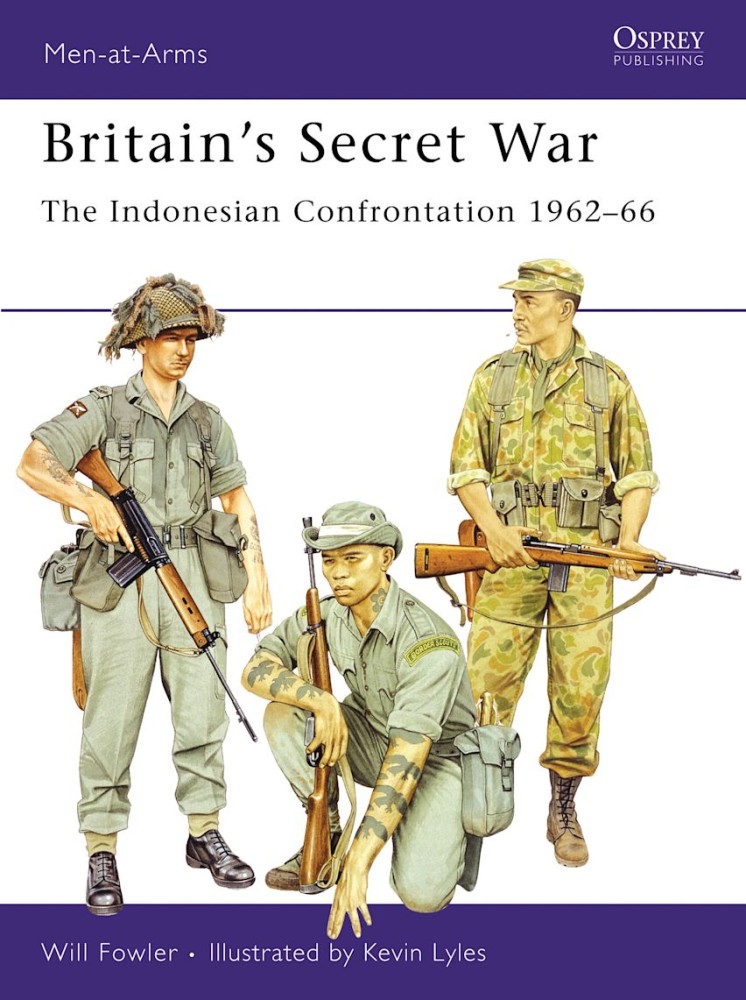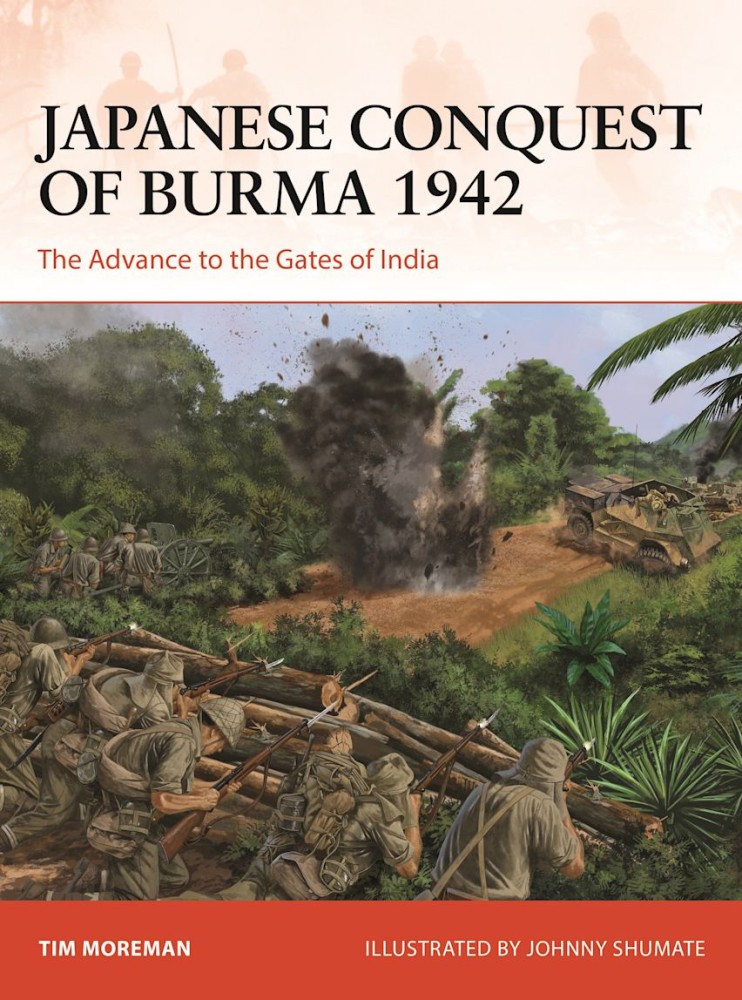The 'Confrontation' between Malaysia and Indonesia in Borneo - the war against Indonesian raids across a 900-mile border - eventually involved nearly 20,000 British and Commonwealth troops, with air and naval support; and yet, by mutual consent, astonishingly little was reported at the time. This 'secret war' saw the perfection of SAS jungle tactics and audacious secret missions deep inside enemy territory, including the award to a Gurkha soldier of the British Army's only 'living VC' for 40 years. This book will reveal the experiences of the soldiers who survived and succeeded amidst some of the world's worst jungle terrain.
The Japanese invasion of Burma in January 1942 marked the beginning of the single longest campaign of World War II. In the Burmese jungles, the battle-hardened, highly trained and lightly equipped Imperial Japanese Army quickly proved itself a vastly superior fighting force in clashes against the British, Indian and Gurkha troops that formed Burma Army and Chinese nationalist forces deployed in eastern Burma.
This superbly illustrated book narrates Burma Corps' epic fighting retreat northwards, carried out mostly in contact with the enemy and across hundreds of miles of highly malarial and extremely difficult terrain, to safety in India. Among the battles covered are the disaster at the Sittang Bridge on 22 February 1942 (where 17th Indian Division was all but destroyed), the fall of Rangoon in March 1942 and the clashes at Yenangyaung, Monywa and Shwegyin.
The performance of the opposing commanders and forces is also examined in detail, highlighting the success of Japanese aggressive light infantry tactics, which ruthlessly exploited the cover and concealment provided by the jungle to outflank, bypass and encircle their bewildered enemy.


